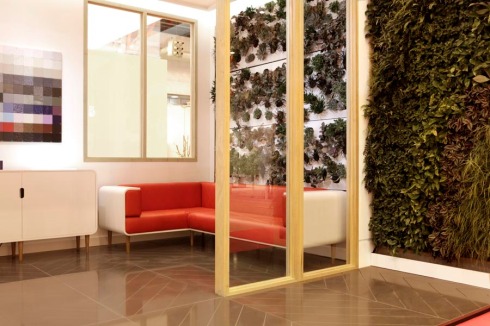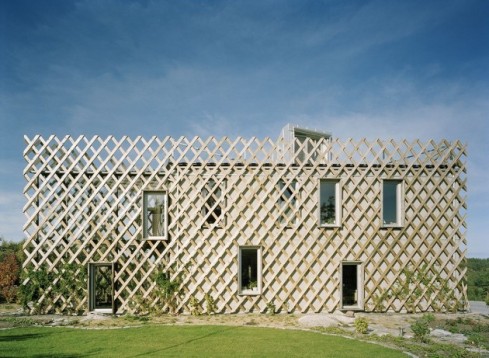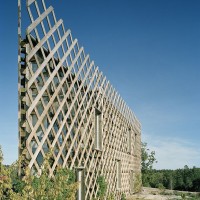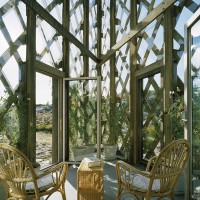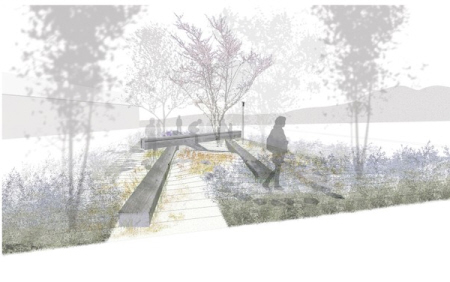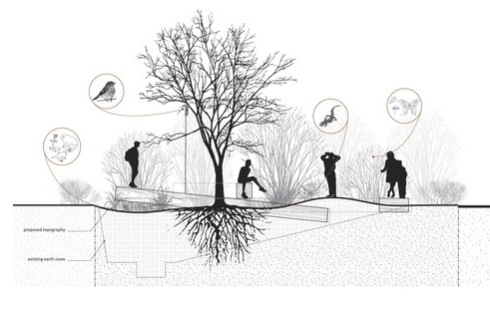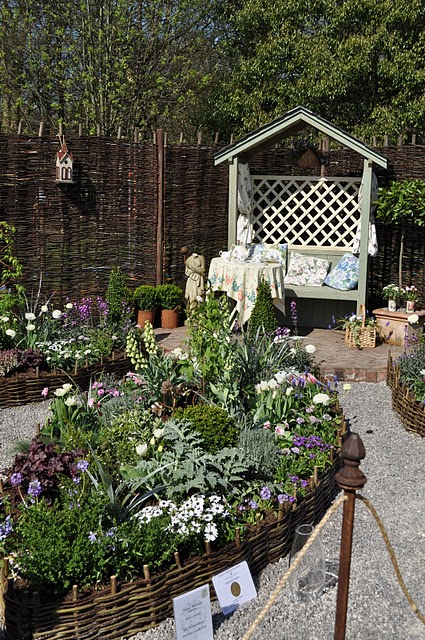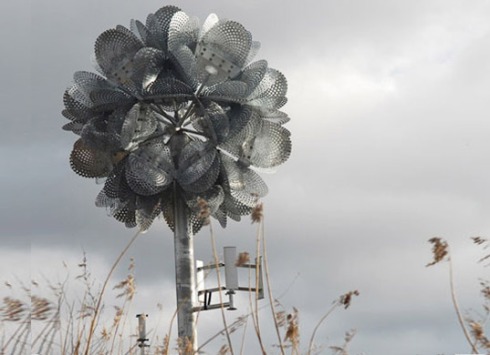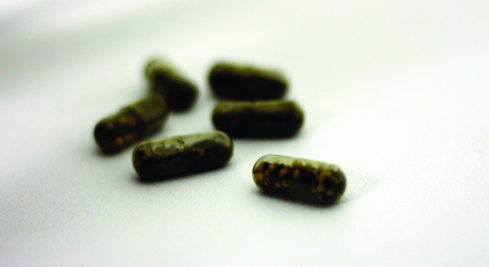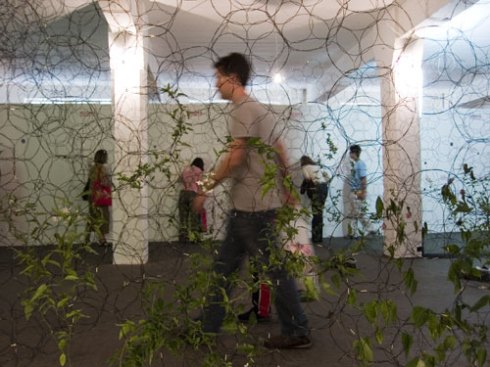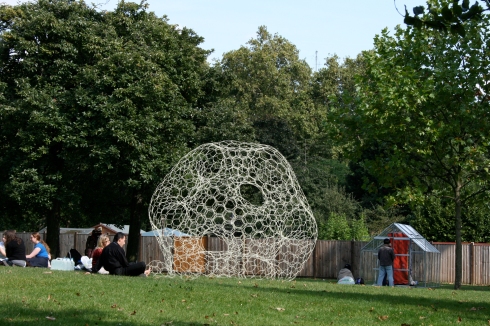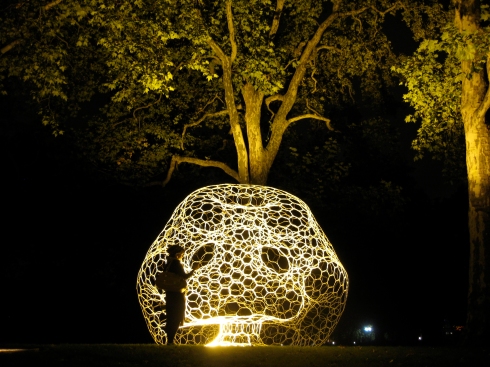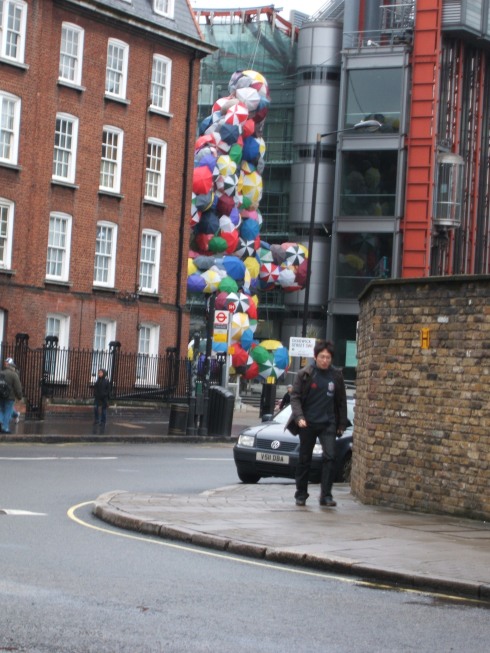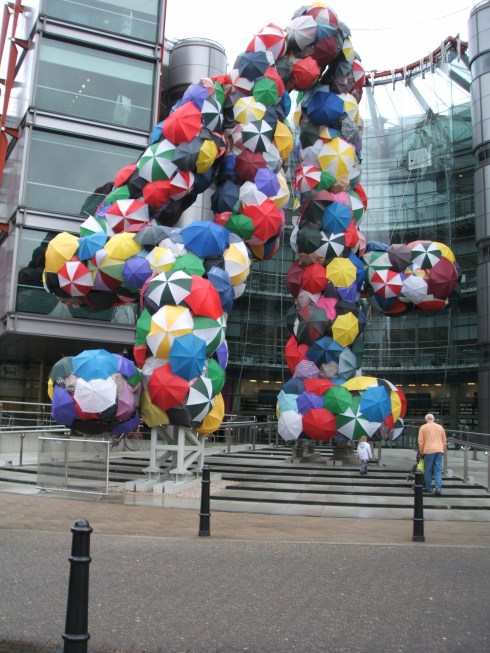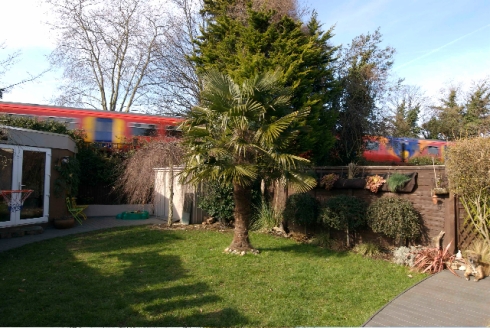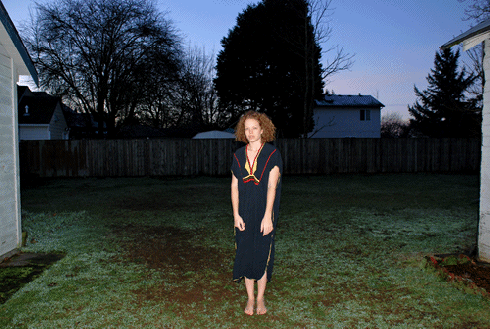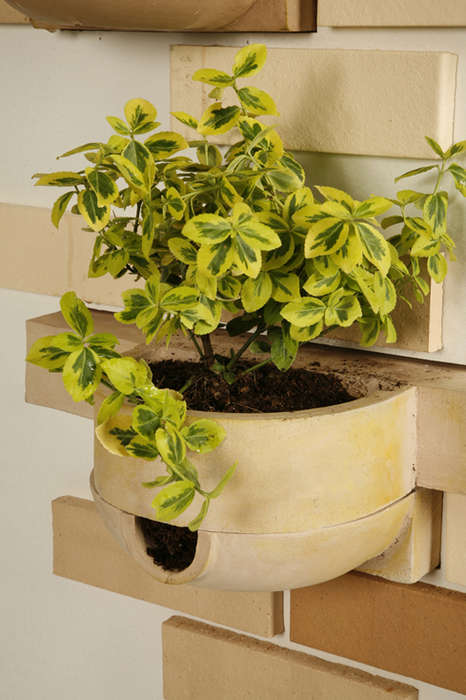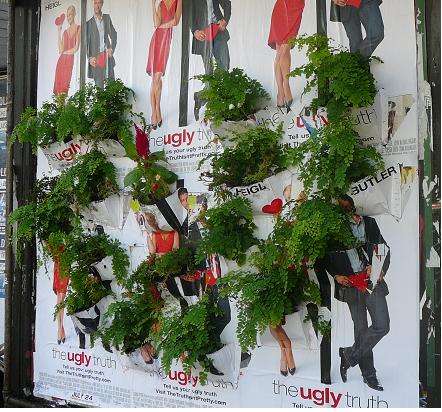As summer officially ends, cold and flu season approaches, why not try remedies grown by you instead of venturing to the chemist for expensive medicines.
This guide from Floral and Hardy Garden Design will show you how by presenting 10 easy to grow plants that can be used for traditional home remedies. So not only can your garden be beautiful, but also a delightful extension to your medicine cabinet.
If you are a headache sufferer, Chrysanthemum parthenium, commonly known as ‘Feverfew’, can help ease the pain as it acts as an inhibitor of serotonin, stemming the inflammation of blood vessels within the brain. Feverfew has also been used over the centuries to aid digestion. Use only the dried leaves to make a tea, as fresh ones can cause skin irritation and mouth ulcers. With daisy like flowers and citrus-scented leaves, this plant thrives in full sun, spaced at 40-45cms. Source: NcWildFlower.org
The easy to cultivate Calendula or ‘Marigold’ can be used as an anti-inflammatory as well as an anti-viral remedy. This golden bright flower has its uses in treating skin conditions such as eczema, burns, boils and abscesses when used fresh as a rub. Marigold tea also helps ease stomach ulcers, sore throats, menstrual cramps and conjunctivitis. To make the tea, pour 200 ml of boiling water over one-two teaspoons of calendula and let sit for 15 minutes. This colourful annual performs best in well drained, sunny environments to flower in spring, also timing it wonderfully for use of the petals in salads as the weather starts warming up. Source: Plantcare.com
The attractive Achillea millefolium is one of the most versatile plants in the garden. More commonly known as ‘Devil’s Nettle’ or ‘Yarrow’, this immune system boosting plant contains 25 beneficial chemicals which can be used to treat a variety of ailments including joint pain, colds, eczema and influenza. To make a cold busting tea, take a teaspoon of dried leaves, add boiling water, then strain. To treat eczema and joint pain, crush the flowers to make the essential oil and mix with water to make a useful anti-inflammatory rub. Rumoured to have been used by Achilles himself, Achillea should be planted in sunlight, 30-40cms apart in well-drained soil and dead-headed regularly to prolong flowering.
Hypericum perforatum, or ‘St. John’s Wort’, has enjoyed a reputation as an anti-depressant for many years. This powerful herb can help in combating SAD (Seasonal Affective Disorder) and symptoms of menopause without many of the side affects associated with other chemical treatments. Pick the flower buds with some leaf just as the first flower cluster is about to open, allow to dry out, then steep 4-5 teaspoons in 500ml boiled water. Drink 100ml of the infusion two to three times a day. Easy to grow in any soil, just keep slightly shaded for floral longevity. Due to its potency, please seek medical advice before taking it. Source: IsabellaCounty.org
Acting as a natural sedative, Valeriana officinalis provides a remedy for bouts of anxiety. The roots can be made into a tea to treat anxiety, or alternatively steep the dried or fresh leaves in boiling water to make an infusion to ease insomnia. This versatile plant can grow anywhere, from damp sites to rocky soil. For best results you should trim newly flowering heads to encourage growth of new roots and expect a perennial third generation flowering around mid autumn. Source: Dipity.com
Known for its immune system building properties, Echinacea angustifolia, also known as ‘Coneflower’, is an immunostimulator from which can be made raw Echinacea. It was used by American natives as a method to help treat coughs, colds, sore throats, ear and urinary tract infections and to alleviate pain from arthritis. Make into a tea by pouring one cup of boiling water over quarter cup of fresh roots, stems, leaves or flowers, or two teaspoons of dried plant material, covering and steeping for five minutes and then straining. It also acts as an active repellent of mosquitoes and house flies. Avoid clay soils as this plant will thrive best in hot, well drained conditions, with some initial watering to help it to establish. Source: Viable-Herbal.com
Symphytum officinale, also known as ‘Comfrey’, has long been employed in healing sprains, arthritis, burns, insect bites, bedsores, acne and other skin conditions. Not recommended for internal use, instead make an ointment by chopping stems, leaves and flowers and placing into a jar for 3-4 weeks. Be careful when harvesting as the hairy stems and leaves can sometimes irritate the skin. Comfrey will grow in most soils but is nitrogen hungry so should be mulched with well-rotted manure or good compost every year. The first flowering should be trimmed back to encourage further growth of stems, however this herb requires a well-weeded plot with at least 60-90cms of space between each plant. Source: EnergyFarms.net
A perennial grass, native to Northern Europe and America, Arnica Montana, can help combat sprains and is proven to increase the blood flow to affected areas and speed recovery. The plant is best utilised when harvested for its roots’ rhizomes at the beginning of autumn once the leaves have died down. Prepare a tincture by adding 2 or 3 tablespoons of crushed flowers or dried and powdered root to 2 cups of alcohol and allowing it to steep for two weeks. Dilute a teaspoon of the tincture into one cup of warm water and apply to bruises and sprains. Alternatively, grind two tablespoons of dried flowers and add to 8 tablespoons of melted petroleum jelly. Thriving among woodland, it is best to recreate the conditions with part shade and well-drained, acidic soil. Dead-head regularly to encourage further blooming. Source: GreenChronical.com
Marrubium Vulgare, or ‘Horehound’, acts as a cough soother when made into a syrup to treat the common cold and asthma. Pour boiling water onto 1oz of fresh or dried leaves per pint, a glassful may be taken three to four times a day. The leaves can also be used to make sweets by boiling down until the juice is extracted, then add sugar before boiling again until the consistency is thick enough to pour into cake cases and cut into squares when cool. It thrives in poor, dry soil and can be cultivated from seeds sown in 23 cm spaces, from cuttings or most commonly through root division. Source: Bfs.Claremont.edu
Most familiarly the final plant we have is Lavendula, or ‘Lavender’ which is a beautiful fragrant shrub used for centuries as an aid to sleep and as an antiseptic when placed directly onto cuts and bites. Simply harvesting the flowers, drying them out and placing them in a pillow is a simple and effective way of easing yourself to sleep. Grow lavender in a sunny position and ensure you trim once flowering has finished in order to keep its shape. Source: TheFlowerExpert.com
As with all herbal remedies, it is essential to speak to your doctor or a knowledgeable practitioner before commencing any treatment, especially if you are pregnant or taking other medicines.











